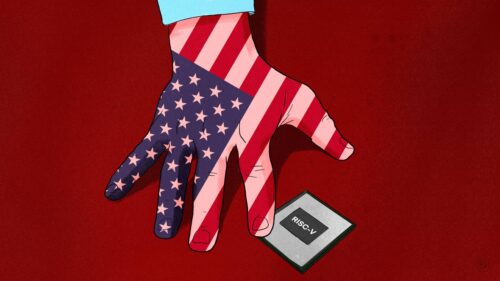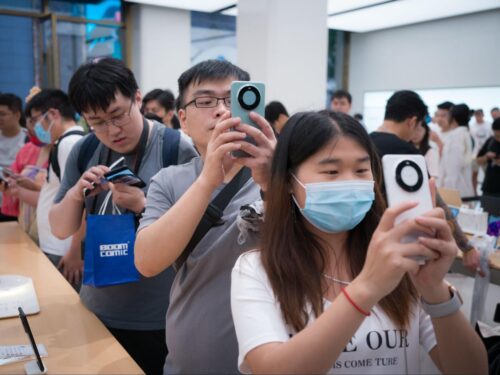A response from Huawei

Catherine Chen, Senior Vice President and Director of the Board at Huawei Technologies Co., Ltd, sent us this letter in response to the article The age of cooptation: The high cost of doing business in Xi’s China
I was intrigued when I read an article on this website authored by Doug Guthrie — a Director of China Initiative at the Thunderbird School of Global Management and for a number of years, a senior director at Apple in Shanghai. The article features a meeting he and I had at Huawei’s headquarters in June 2018.
Professor Guthrie is a serious China scholar and expert who has written fairly and objectively about Huawei in the past. As a company that has been the target of a politically-motivated campaign smear campaign, Huawei truly appreciates those who take the time to learn our business and portray us fairly.
Unfortunately, his latest article, “The age of cooptation,” misrepresents our 2018 meeting.
The article speculates that the Chinese government may have given Huawei access to a database of 1.4 billion facial images to help us develop an AI application that could compete with Apple’s Face ID, a facial recognition system that allows users to unlock their smartphones with a biometric scan. The conversation in the article is recounted as a paraphrased dialogue between Huawei and the Chinese government, as allegedly relayed to Professor Guthrie by me.
I understand that people can have different memories of the same event but let me be clear: neither I nor any other Huawei executive has ever made the claims in Professor Guthrie’s article. Importantly, these claims are untrue. I don’t recall the subject of facial recognition or databases even coming up at our lunch, nor does the interpreter who accompanied me that day.
Huawei’s success does not stem from any help bestowed upon us by the Chinese government, whether in the form of financial support or access to any database. We don’t need or want such support. Instead, we have attained commercial success by maintaining a steadfast, long-term commitment to investing in research and development that produces the superior technology our customers want.
Three decades ago, Huawei was a five-person start-up; today, we compete with the best technology companies in the world. We’re the number one manufacturer of telecommunications equipment globally and a primary reason is that we are the fifth largest investor in research and development. We’ve put huge sums of money into R&D, spending $85 billion between 2009 and 2018.
Our investment is designed not only to deliver outstanding products to our customers but also furthers the fields of mathematics, physics, chemistry and numerous other primary research fields. We work with some of the world’s leading experts to drive breakthroughs in science, and have assembled a global network of customers, suppliers, and universities to advance the industry together.
Our investment over the years has yielded great results for our customers who have benefitted from breakthroughs in software, materials, algorithms, system architecture, and various forms of artificial intelligence that do everything from enhancing network performance to shrinking carbon footprint.
Huawei’s technological leadership is neither mysterious nor surprising: work hard for 30 years and out-spend almost every company on the planet, and you’re almost certain to get ahead. We didn’t, and don’t, take hand-outs from the government – not in the form of money, or data, or market share, or anything else.
Although I was dismayed that the article portrayed Huawei in a way that was inaccurate, I do appreciate being given an opportunity by the media and Professor Guthrie to set the record straight. And as always, I welcome anyone who wants to know more about the company to come and visit us and see for yourself; our doors are always open.
Catherine Chen
Senior Vice President
Director of the Board
Huawei Technologies Co., Ltd.





